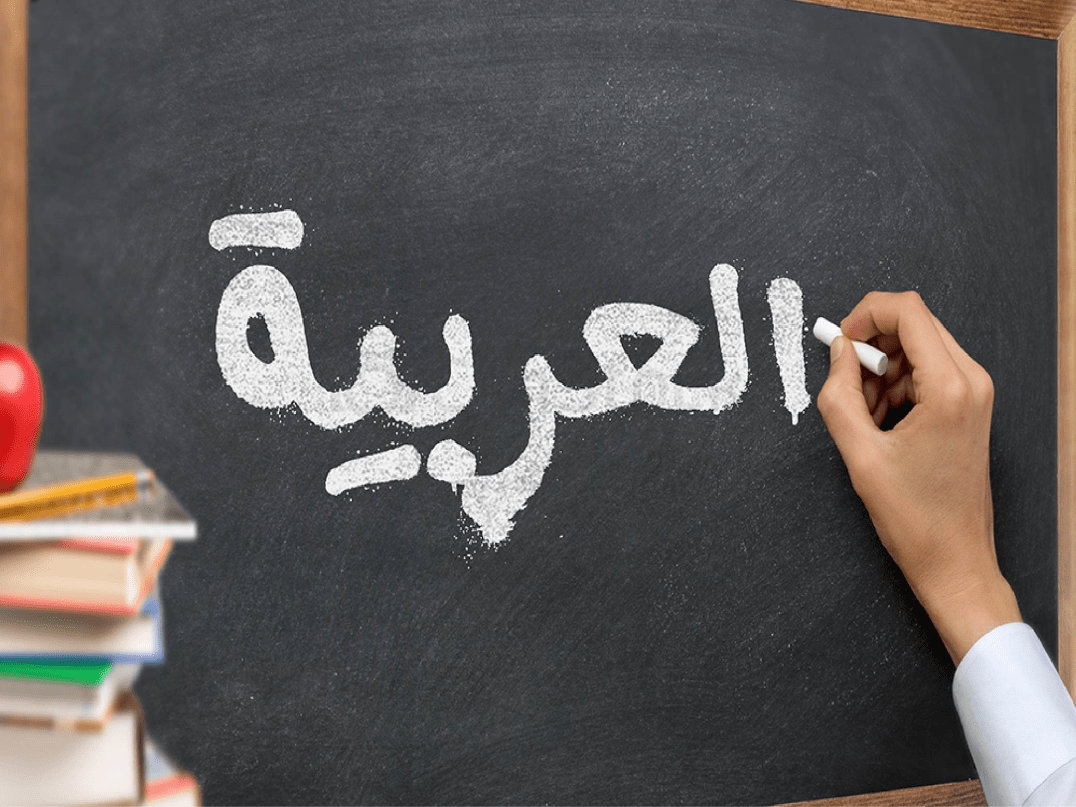Here Comes The Sun: The Sun And The Moon In Arabic Consonants


It may seem confusing that the Arabic alphabet is divided between what are known as “sun” and “moon” consonants. One may wonder, “Do they call them that because some are used only in the day and others are used at night? Man! What a strange language!”
Well, we here at kaleela.com are here to tell you that is simply not the case. In fact, it has nothing to do with the time of day at all and what may seem difficult about the Arabic language is, in reality, easy Arabic. We’ll get to that in a minute, but let’s start with the consonants themselves first.
Sun consonants, listed in the chart below, are all pronounced at the front of the mouth; however, they never reach the lips. When a definite article precedes a sun consonant, it affects the form of the definite article, so it’s very important to remember them.
| n | q | DH | T | d | s | sh |
| ن | ق | ظ | ط | د | ص | ش |
| z | r | dh | th | t |
| ز | ر | ض | ث | ت |
“Moon” consonants are all of the other consonants not listed in the table above. The real reason they are called “sun” consonants is because, when pronouncing the consonants in the table above, they are all pronounced with the tip of the tongue either approaching or touching the upper teeth at the gums behind them. One can see this in the word shams “شمس” or “sun” in English. So now you know the real reason why they are called “sun” consonants.
Earlier, we talked about how sun consonants affect definite articles, so let’s now look at definite articles as we explain this important part of Arabic grammar. Just as in English, nouns are preceded by articles in Arabic. For instance: السيارة /assayarah/ the car
As you notice, the Arabic definite article (الـ) al combines with a noun and turns it into a single word and is used for both masculine and feminine nouns in both speaking and writing and even if they are plural or singular. For instance: السيارات / assayaraat/ the cars
Now, if a word that comes before the definite article ends in a vowel, then the a sound in al is dropped and the article is pronounced as l, as in this example: في البيت /fi albayt/ in the house
An indefinite noun (like a or an) doesn’t exist in Arabic, so the word remains the same without an article in front of it: بنت / bint / a girl
Finally, when the definite article “الـ” al is attached to a “sun” consonant the l sound is replaced by the “sun” consonant sound which then appears to be “doubled”, as in the following:
Now you can see that, just as the sun is important in helping life on Earth grow, sun consonants are just as important in helping your Arabic language grow. Think of kaleela as your moon. We will help guide you through the darkness of learning Arabic until the sun comes out to help you grow.